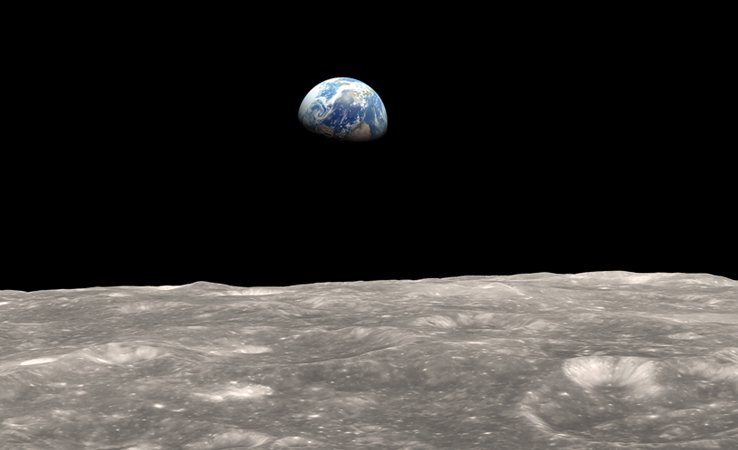Feature
OSA Centennial Snapshots: Lasers, Lunar Missions and Legacies
Hal Walker Jr.’s journey from the U.S. Navy to NASA to global educator.

Combined observations of the moon and Earth from two NASA missions. [NASA]
In the 1960s, during the height of the Cold War and the space race, power-electronics technician Hildreth “Hal” Walker Jr. was selected to become KORAD Laser System’s field operations manager for the U.S. Apollo 11 Lunar Laser-Ranging Experiment (LURE). On 20 July 1969, Apollo 11 astronauts Edwin “Buzz” Aldrin Jr. and Neil Armstrong placed a 10 × 10 array of corner-cube retroreflectors on the surface of the moon. With the array in place, the race was on between teams from the United States and the uninvited Soviet Union—each firing weapons-grade ruby lasers at the same reflectors—to hit that target and detect a return signal, and become the first nation to measure the distance to the moon with a pulse of laser photons.
…Log in or become a member to view the full text of this article.
This article may be available for purchase via the search at Optica Publishing Group.
Optica Members get the full text of Optics & Photonics News, plus a variety of other member benefits.
